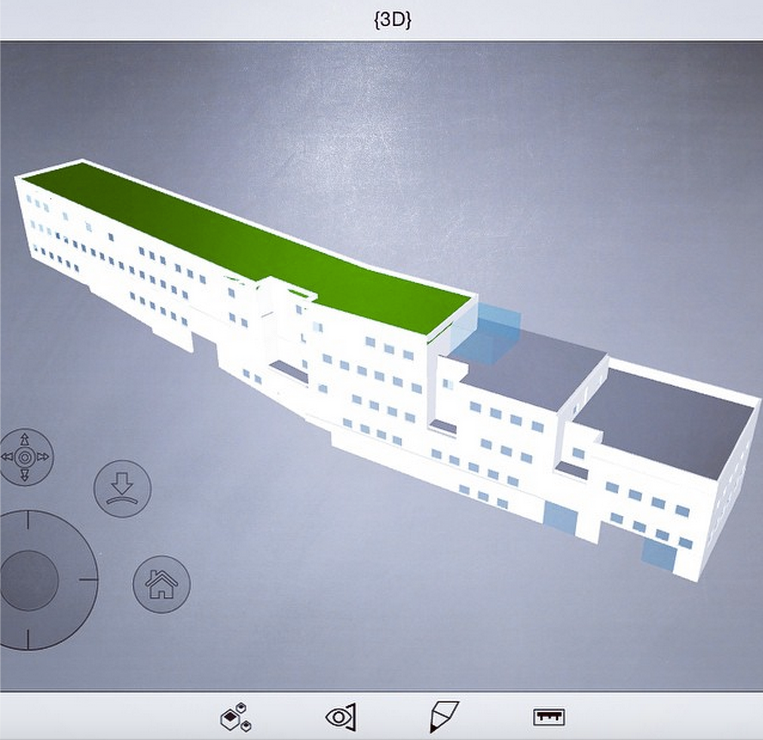A company's operational efficiency is intimately tied with the organization of existing building data and documents. Whether facility services are outsourced or managed by in-house staff, a company's facility data and documents can be conveniently organized and effectively used with a parametric digital model. Facility Management (FM) is rooted in service relationships and Building Information Modeling (BIM) revolves around digital construction and manipulation of real estate asset data. Seemingly world's apart, in the long term both FM and BIM will have a significant effect on the life cycle cost savings and holistic sustainability of real estate assets. When used in conjunction both FM and BIM have an extremely high potential in optimizing space scheduling and workplace efficiency.
For true success BIM must be a fully collaborative effort which highlights the importance of property owner coordination.
A facility can be thought of as anything which facilitates business; facility management is accurately understood as a mix of service relationship management with real estate asset management. Facility Managers focus on service management in a way that best supports a company's primary business processes. This allows FM to align a company's strategic objectives with its operational activities
Building Information Modeling can be thought of as a real time data communication platform and evolutionary workflow. A Building Information Model is a digital product that can be continuously updated to reflect the current state of real estate assets. In an step towards environmental stewardship, this year (2016) the United Kingdom government has mandated a Level 2 BIM be used for the construction and management of all new government building projects. Currently in the United States of America, BIM is most prominently used by general contractors to coordinate complex building construction projects.
Building Information Models Such As The One Shown Above, Will Be Accessed Remotely On Smart Phones And Tablets By Facility Managers To Find Reliable Asset Information (E.G. Warranty Information, Repair Manuals, Installation Dates, 2-D Floor Plans, Etc.) For Improved Operational Efficiency And Optimal Decision Making.
To be most effective in the construction phase, BIM must be a fully collaborative process which highlights the importance of property owner coordination. Considering the majority of facility life cycle costs are incurred during the operational phase of buildings, FM BIM has the potential to make the highest impact on an owner's cost savings. Cost savings from FM BIM will come in the form of minimized redundancy when locating accurate and reliable facility data during the real estate asset management life cycle phase. Monitoring workplace comfort and security is another highly valued benefit of having a real time digital model to support operations.
To learn more contact BIM Specialist, Leo Castillo

